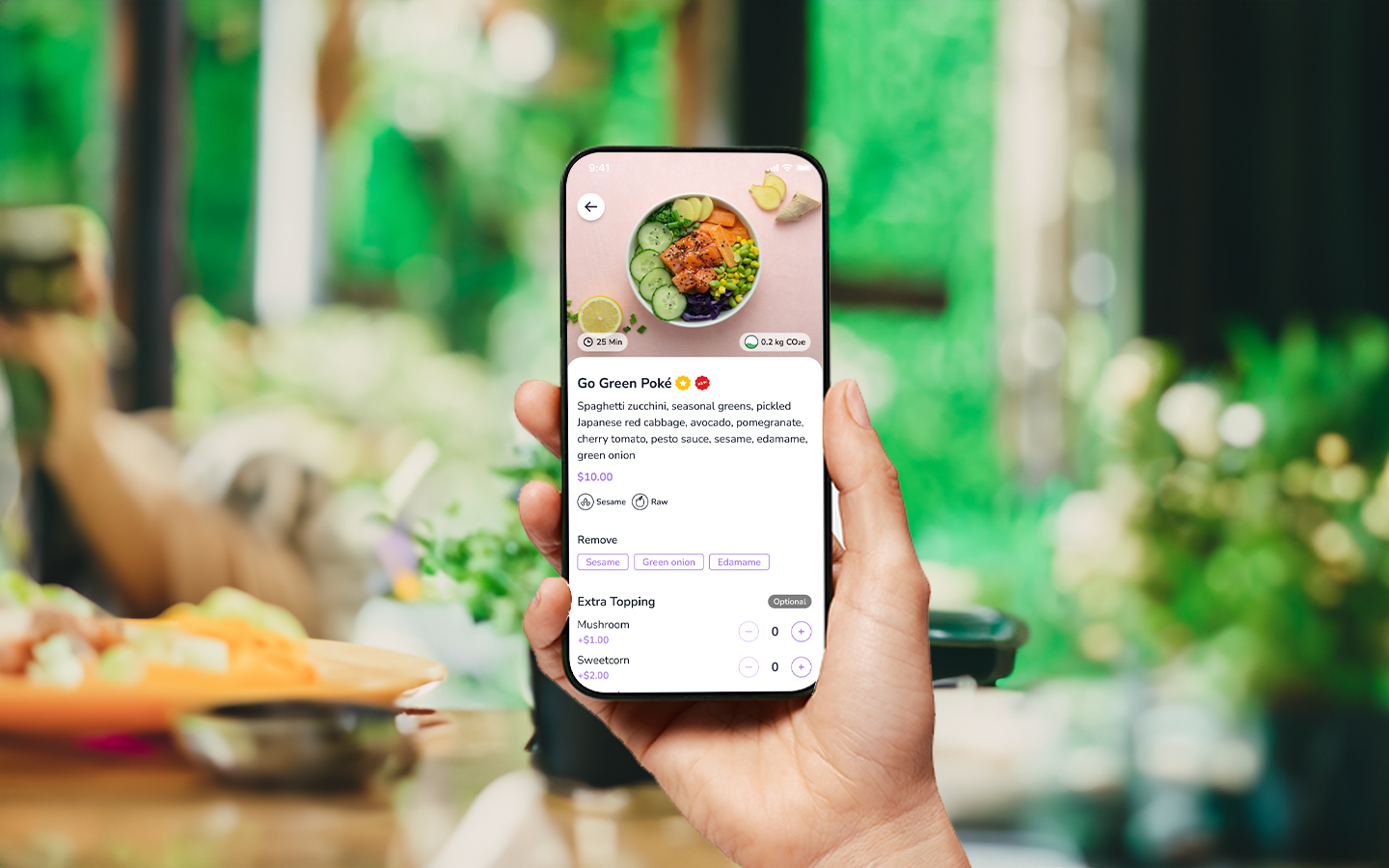Managing a restaurant has become smarter after restaurant management systems were born. When there are systems in place, everything is easier for all. Containing a large number of components, the restaurant industry is extremely prone to human error and motivation, and thus, restaurant management systems exist to streamline a complex set of tasks.
What is a restaurant management system?

It is a system for restaurant management in the form of software that assists the business by providing an organized and computerized way for the restaurant to manage inventory, orders, and customers.
These systems are used for managing the business and its operations. Restaurant system management provides information about the restaurant’s performance and helps in making decisions on how to improve the operation as well as increase the revenue.
Thus, a restaurant management system is a critical tool that can help restaurants and other food establishments to manage their business.
Why is it important?
In essence, a restaurant management system contributes to the optimization of process management. A restaurant management system may assist your establishment in connecting billing, marketing, loyalty programs, and much more. It is more than simply a POS system for managing orders in a restaurant.
Moreover, you can have access to real-time reporting to track and always be on top of your restaurant with all its aspects.
Use cases for restaurant management systems
As restaurant owners or managers, we usually benefit from this tool to manage at least the inventory of the establishment, produce reports, as a restaurant table management system, and as a POS restaurant management system. It automates parts of the process of managing a restaurant and helps to streamline the big picture.
These systems are designed to help with various tasks, including managing inventory, taking orders, assigning wait staff to tables, and more. The software also provides various reports to help the manager keep track of everything and make informed decisions.
The Roadmap to Implementation

Once you set your mind to introducing a restaurant management tool to your establishment, the first step would be to identify the needs and requirements of your restaurant. This can be done by surveying the team, including the manager and the Head Chef. Once this is done, a list of features should be created to fulfill those needs and requirements. It is important that you choose a restaurant management tool that is interactive, interoperable among departments, and that can provide you with live reporting.
The following are some examples of how these systems and tools work:
- They help with making the inventory, ordering supplies, and managing employees.
- They can also be used for managing customer relationships and streamlining payments and receipts.
- It’s important to note that these systems vary in features, cost, complexity, and usability depending on the size of the business they are being used for.
Think of a restaurant management system like the ecosystem of your restaurant that supports the business in the elements that you choose.
Once you pop, you can’t stop
For those who still struggle to manage a restaurant the traditional way, introducing a restaurant management system is no doubt a life-changing experience.
Extracting daily, weekly, and monthly reports, real-time reports, one-touch best seller identification, menu changes, stock info, supply cost, food waste, staff scheduling, and everything else you can imagine are taken care of by the restaurant management system without the risk of any human error.
What to look for in a restaurant management system
You should do extensive research before choosing the system that fits best for your restaurant’s circumstances and needs without costing you a fortune.
Features you would want to be included for sure are;
- Reporting capabilities
- Easy menu customization
- User-friendliness
- Cloud-based management and access
- Ability to quantify food waste
- An online ordering platform if you accept online orders
- Restaurant POS
- A CRM Tool to keep track of your customers
- Staff scheduling and calendar capabilities
- All-in-one restaurant management components with a wide range of features
All-In-One Restaurant Management: Meet FineDine
From quick pay to digital menus, contactless payment, and a mouth-watering lot of other supportive features, FineDine is the best tip we can provide to a restaurant owner or manager.
It is an all-in-one restaurant management tool used and trusted by thousands of restaurants in the US. It is “the tool” you don’t want to miss out on to streamline your restaurant’s operations. If it seems unachievable to get a real taste of what it feels like to sit back and relax as a restaurant owner, you haven’t lived…
A restaurant is the type of business that must be efficiently managed. If you want to flip tables more quickly, spend less time splitting bills, and always be on top of your inventory, you should seriously consider introducing FineDine to your operations without further due.
Too many factors, as we indicated above, contributed to FineDine's status as the new benchmark for the food industry. There are several time and money-saving features available now that were not feasible with earlier restaurant management systems. A proactive attitude towards what’s happening in the industry technology-wise will also ensure that you stay ahead of your competitors.


